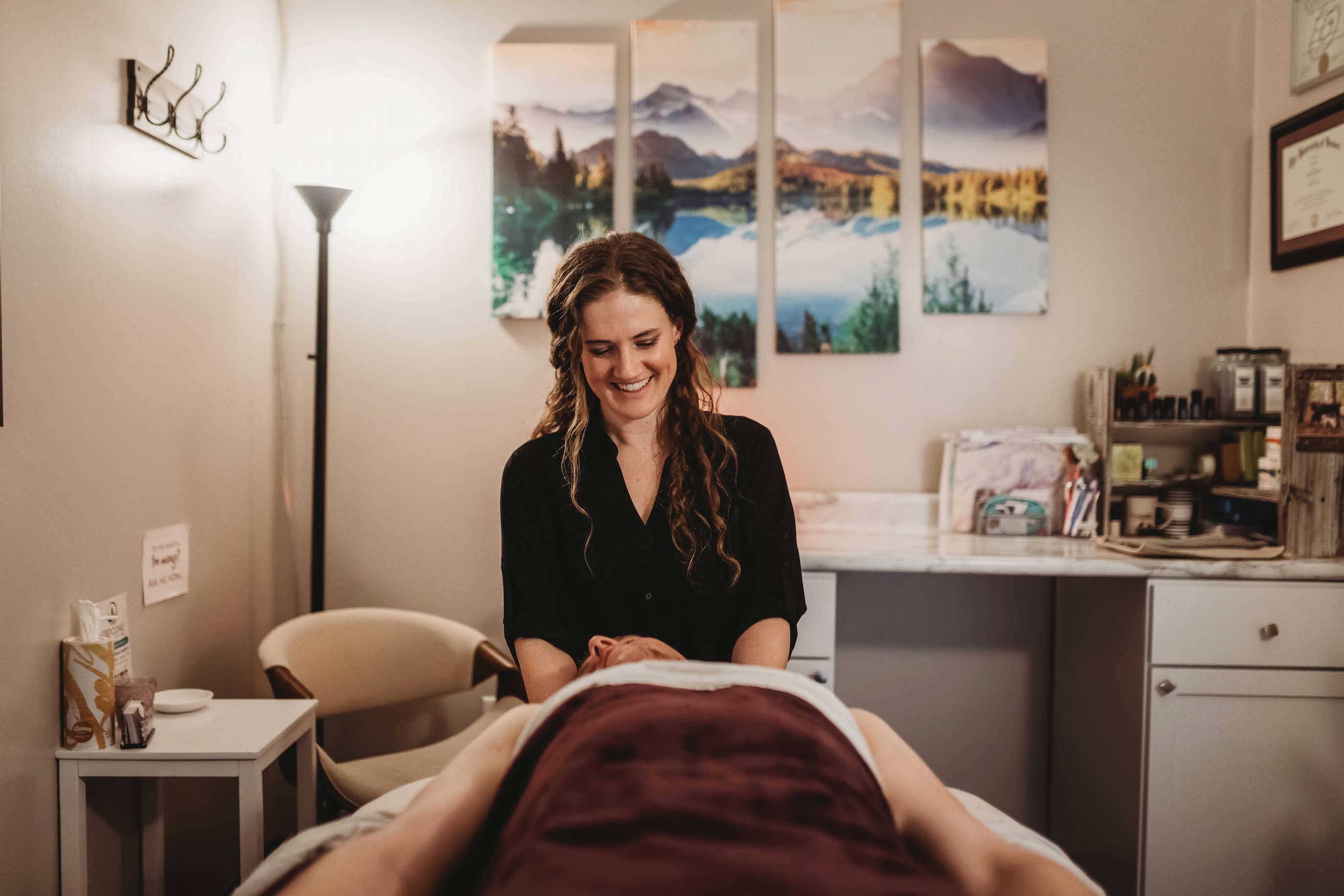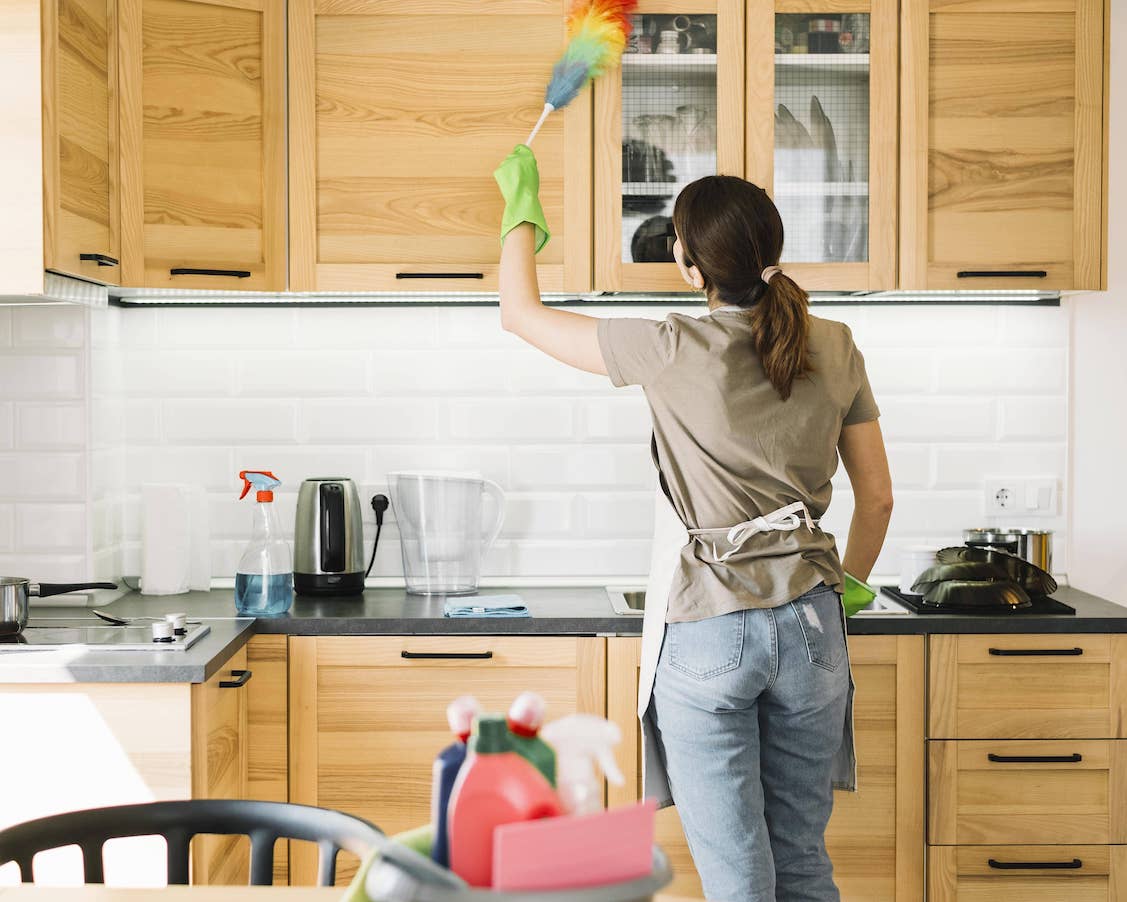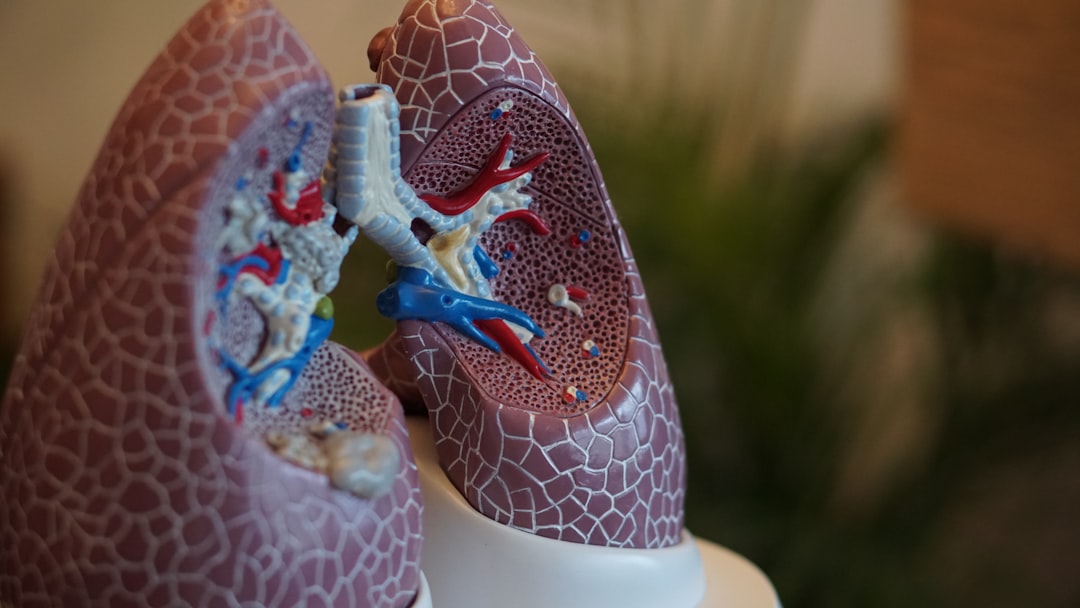How To Receive Your Best Massage Ever

Who doesn’t love a good massage? Having the tension and stress of life melt away under a professionally trained massage therapist’s hands can make the world seem like a lighter place, or at least lift that load you've been carrying around on your shoulders for far too long.
For many, it’s an hour away from kids, work, life, stress, and the world in general. For others, it’s an integral part of their health care routine and can manage conditions like arthritis, fibromyalgia, headaches, chronic stress, acute injuries, and others.
Massage is becoming increasingly more popular as many people feel like the western healthcare system is failing them, and leaning towards preventative medicine. As the popularity of massage grows, so has the research to back it up, as well as the piles upon piles of anecdotal evidence from regular massage enthusiasts.
Does anyone ever explain to you how to get a massage though? For many, it may be just plopping on the table and taking a nap while your favorite MT does their thing. If you really want to get the most out of your massage treatments, here are a few tips for you, the recipient, that your massage therapist would love for you to know:
Breathe. Be Present.
Being present in your body can help bring awareness to areas that may be causing you trouble. Sometimes where you feel the pain isn’t necessarily where the pain is coming from, and as your therapist gets into the massage, you may notice areas that feel sore that you weren’t aware of. These areas may be referring pain to different parts of your body that feel more familiar.
Taking deep breaths can help the muscles relax by calming the nervous system. The more you can relax, the deeper and more effectively your massage therapist can work.
Staying present keeps you aware of what is going on in your body, so that you can, to a degree, work with the therapist, even if you are lying there silently relaxing.
Listen to your body. Listen most to the areas your therapist is working on.
If your massage therapist's hands run over an area that is sore, stiff, or painful, it’s important to listen to the cues of your body and communicate what you are feeling to your therapist.
Feeling pain during a massage is kind of a double-edged sword. While the “no pain no gain” mantra is a hard myth when it comes to massage, feeling sore in an area with tension is normal.
(Let me clarify a bit.)
I always tell clients, it could hurt a little, but it should be in a good way. So long as you can breathe through it (and I mean deeply, rhythmically breathe, not struggle to breathe while kind of awkwardly gasping), and you don’t feel yourself resisting the pressure, then it’s okay. If you feel as if you want to tense up your muscles, pull away, jump off the table, or call your massage therapist a slew of naughty words, then the pressure is probably too deep, that area is not being worked on in the correct way, or that area just doesn't want to let go today.
If you are focusing on your breath, staying present, and listening to the different areas of your body as your massage therapist is working through them, you will be able to effectively get the most out of your massage.
Communicate.
Until you’ve seen the same therapist over and over, they aren’t going to just know your body right out of the gate. Although everyone is built with the same set of bones and (very close to) the same sets of muscles, everybody’s perceptions and functioning of those muscles are different. Take into account your daily routines, past injuries, and psychology around being touched, and every single person who comes in for a massage is completely different.
Don’t be afraid to communicate with your therapist.
Pressure too deep? Tell them to lighten up. Pressure to light? Tell them to go deeper. Hate the music? Tell them to change it. They are there to serve you, that hour or ninety minutes that you book in their room is yours, and I’m sure they are going to want to do what they can to make it the best hour or ninety minutes of your day.
Also, be thorough in your intake. Most massage places require a set of paperwork to be done prior to getting any sort of treatment. Most states and licensure boards require it, (although I’ve gotten one or two without, I won’t throw them under the bus).
If you tore your rotator cuff five years ago and think it’s fully healed, still tell them about it. There may be residual scar tissue buildup or a muscle imbalance there that you may not be super aware of. You never know what sort of knowledge your therapist has that could really help you in ways you weren’t even expecting. Having a bad day? Tell them that, too. They may have some extra relaxing techniques that can help melt away the stress of your particularly crappy day.
Timing is everything.
There is no one size fits all perfect timing to get a massage. Many people like getting it in the evening so that they can go home and sleep soundly immediately after, yet I have many other clients who love to wake up and get massage first thing in the morning. It really all comes down to what your preferences are.
Super wishy-washy answer, I know.
Here’s how to find out when your best time for massage is.
Listen to your body after you get a massage. Do you get tired or fatigued, or do you feel energized and invigorated?
What do you have to do the rest of the day? If you’re going to exercise the same day as getting a massage, I’d recommend hitting the gym first then getting your massage. Massage can leave your muscles feeling loosey-goosey so it’s best to give them a solid twenty-four or so hours to recuperate, and not go put them through a tough workout right after seeing your LMT.
If your idea of exercise is a light walk around the neighborhood though, that would be a much better thing to do post-massage.
Certain massage techniques like Shiatsu can be more invigorating than your typical western Swedish or therapeutic massage, so think about the type of massage you get as well. I personally get both and will opt for the western massage when I’ve got nothing else going on with the rest of my day, but am open to getting Shiatsu early in the day, even before work sometimes.
I seriously don’t recommend eating right before your massage. Give your body time to digest your last meal before hitting the table. Having a therapist dig into your back and squish all that food in your tummy probably won’t feel very good, let alone do anything positive for your digestive system.
It’s also highly discouraged, if not totally contraindicated, to drink alcohol before a massage. Many places won’t even see you if they know you’ve had a couple of drinks. Alcohol decreases your perception of pain, so if you are getting any sort of deep tissue or therapeutic work done, you may think you can handle more pressure than you can, putting your therapist at risk of going too deep. The increased circulation that massage causes can also stir up all that inside of you, causing you to get nauseous afterward.
Schedule your day around it.
When you do get your massage scheduled, be mindful of what else you have going on that day. As I said before, plan your meals, exercise, and work schedule around how you know you will feel after a massage.
If you’re new to receiving massage treatments, I’d recommend doing it later in the day when you don’t have much going on afterward until you know how you are going to feel.
Research your therapist, if you know what you like.
Once you know what you like, you can look into the massage therapist you are going to see. What is their specialty? What sort of training did they have? How long have they been in practice? What do other clients have to say about them?
If you're new to massage or don't really know what you like yet, you can start out at a place with multiple therapists. Some places offer packages or memberships so you can go once a month at a discounted rate and have your pick of many different therapists. Places like that, however, do tend to have high turnover, so if you find someone you really, really like, don't be too surprised if they move on. If you're not particular about who you see, these sorts of businesses are great.
Once you're more familiar with what different techniques feel like and the differences between types of touch, you may want to find a massage therapist who is self-employed or runs their own practice. That way, you're less likely to experience turnover, and they wouldn't have signed any sort of non-compete agreement that would legally prevent them from bringing you with if they move locations.
Thoughts on Hydration.
Most therapists will give you the advice to drink water like your life depends on it post-massage. I say drink water like your life depends on it because your life actually does depend on it, whether or not you get a massage.
There is some debate around the hydration thing, but personally, I’d rather lean towards recommending it than not. Massage doesn’t detox you in the way that some therapists will claim that it does, but certain techniques, like deep tissue, will cause your muscles to create a sort of metabolic waste byproduct that your kidneys will then have to process out of you in the hours following the treatment. This happens because deep tissue techniques cause a mild amount of microdamage (don’t worry, it’s productive microdamage though), and creating that byproduct is what happens when your body’s systems rush to fix that damage. Drinking water supports kidney function, and a lack of water can slow down that process and cause you to feel a bit nauseated.
There probably isn’t lactic acid build-up in your muscles, (I get more into that, and the detox claim, here), and massage plus water won’t help you if you do have lactic acidosis.
Studies like this one have demonstrated that if you are dehydrated, you are probably going to be more susceptible to delayed-onset muscle soreness if you exercise, so along the same line of thinking, if you get sore from having your muscles worked over, being hydrated coming into the massage will probably benefit you a lot more.
That doesn’t mean pound a full Nalgene of water right before your massage so you have to pee twenty minutes in, but drink what your body needs consistently every day so you are always hydrated, and you will have nothing to worry about. And to be safe, yes, drink a little extra after your massage, to support your kidneys if they’re flushing out metabolic waste created by deep tissue techniques and because water is the elixir of life and you literally need it to survive.












If you enjoyed this article or recipe, please consider giving it a comment! It helps others discover my blog and recipes, and your comments always make my day :) Thank you for your support!
Your email address will not be published. Required fields are marked *